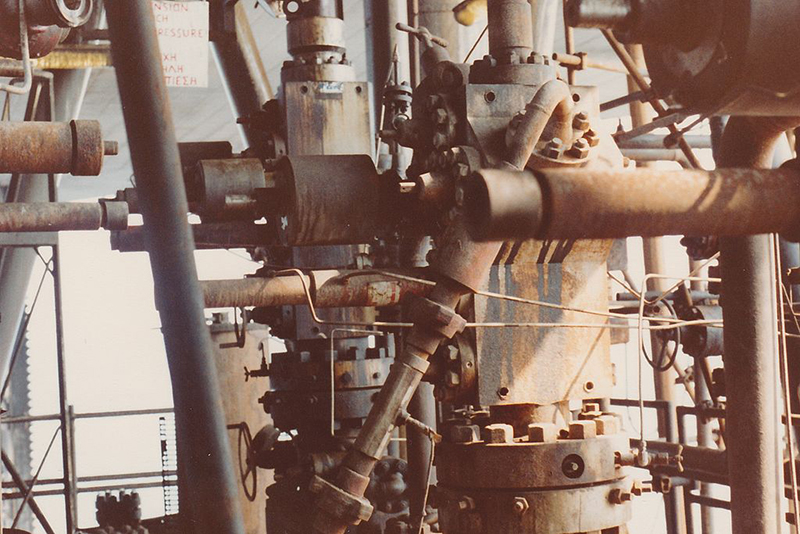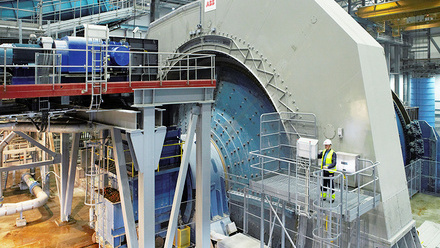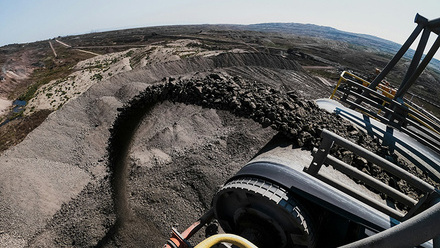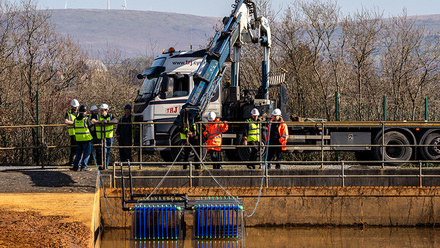Updated British Standard for surface wellheads and trees published
The British Standards Institute (BSI) has published BS EN ISO 10423:2022 Wellhead and Tree Equipment as the UK implementation of ISO 10423:2022.

Published at the end of May, the British standard is identical to the International Standard which British Standards helped to develop. Users will see that the format of the updated standard is very different to the previous version issued in 2009. The contents of the 2009 version ran to 430 pages compared to 4 pages in the new version. The 2009 edition was based on American Petroleum Institute (API) Specification 6A 19th Edition published in July 2004 and API 6AV1 1st edition published in February 1996 with the intent that the 20th Edition of API Spec 6A would be identical to the ISO. That alignment has now been achieved with the latest issue of the ISO referencing API 6A 21st Edition published in November 2018. This is part of an ongoing process to align oilfield standards across the world.
The technical content in the latest edition of ISO 10423 consists of supplementary requirements to API 6A that the workgroup, who developed the ISO content, believed were required. The workgroup included API representation and the API will include these additional requirements in their next edition of 6A: this approach facilitates both continuous improvement and alignment of the standards. As an example of a supplementary requirement ISO 10423 requires consideration of the Joules-Thomson cooling effect when gas flows through chokes or partially closed valves as this can lead to wellhead and tree equipment being exposed to temperatures significantly below the minimum ambient temperature. The photograph below shows a wellhead where gas was being injected for artificial lift; Joules-Thomson cooling has caused the equipment to become so cold that it is externally sheathed in ice when the ambient temperature at the time was 100 degrees Fahrenheit.
Additional requirements in ISO 10423 also open the way to the inclusion of annulus surface safety valves in the next edition of API 6A. For a variety of reasons well annuli can have the potential for flow, for example if the casing or connections are subject to corrosion and/or erosion. Annulus surface safety valves have been developed in the North Sea to be installed inside the surface wellhead and provide a surface barrier on the annulus.







